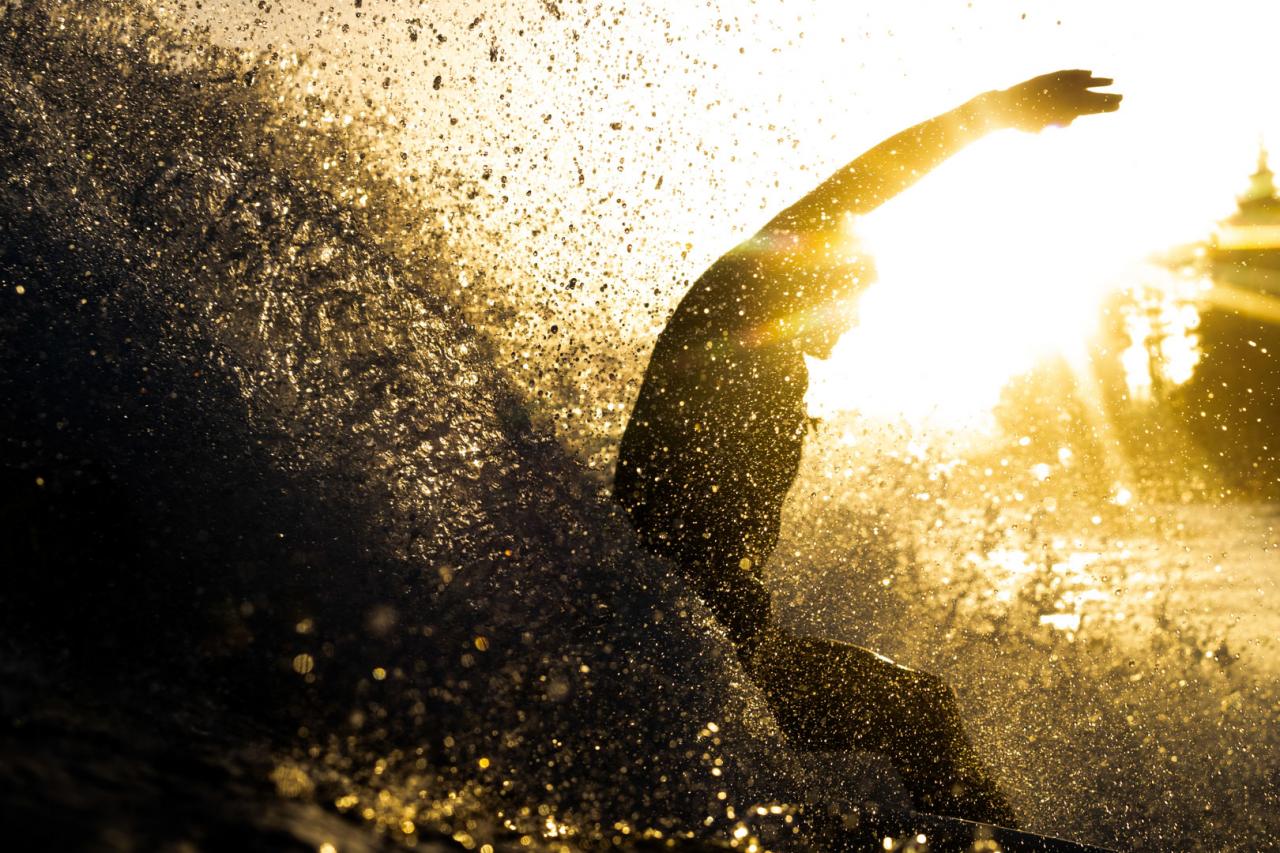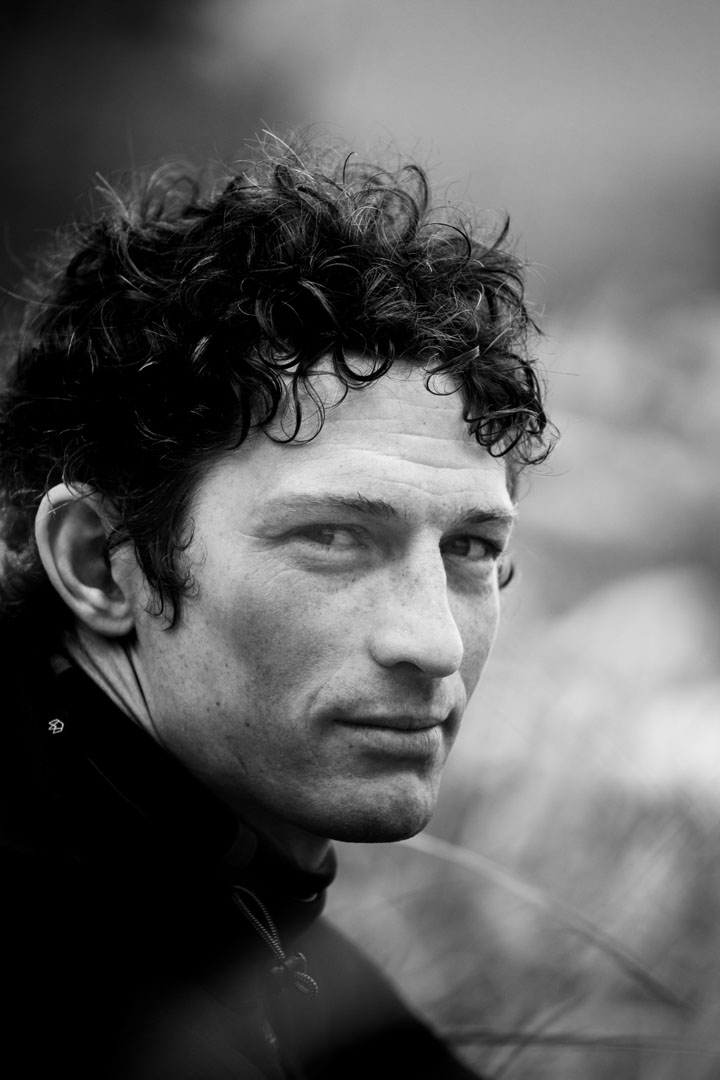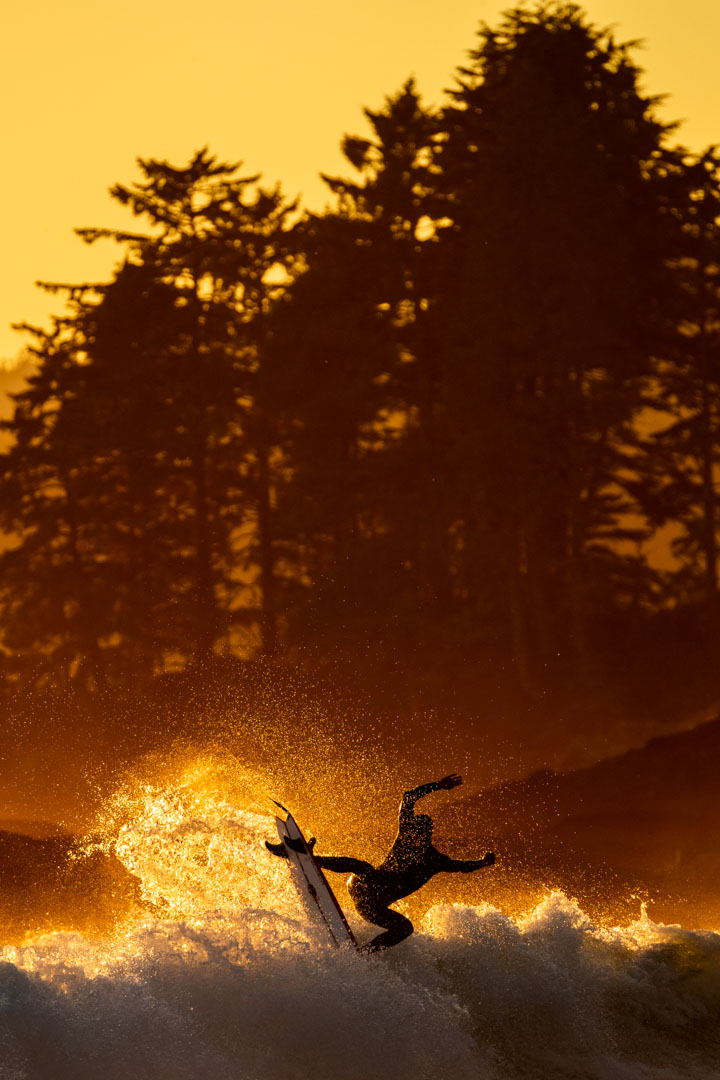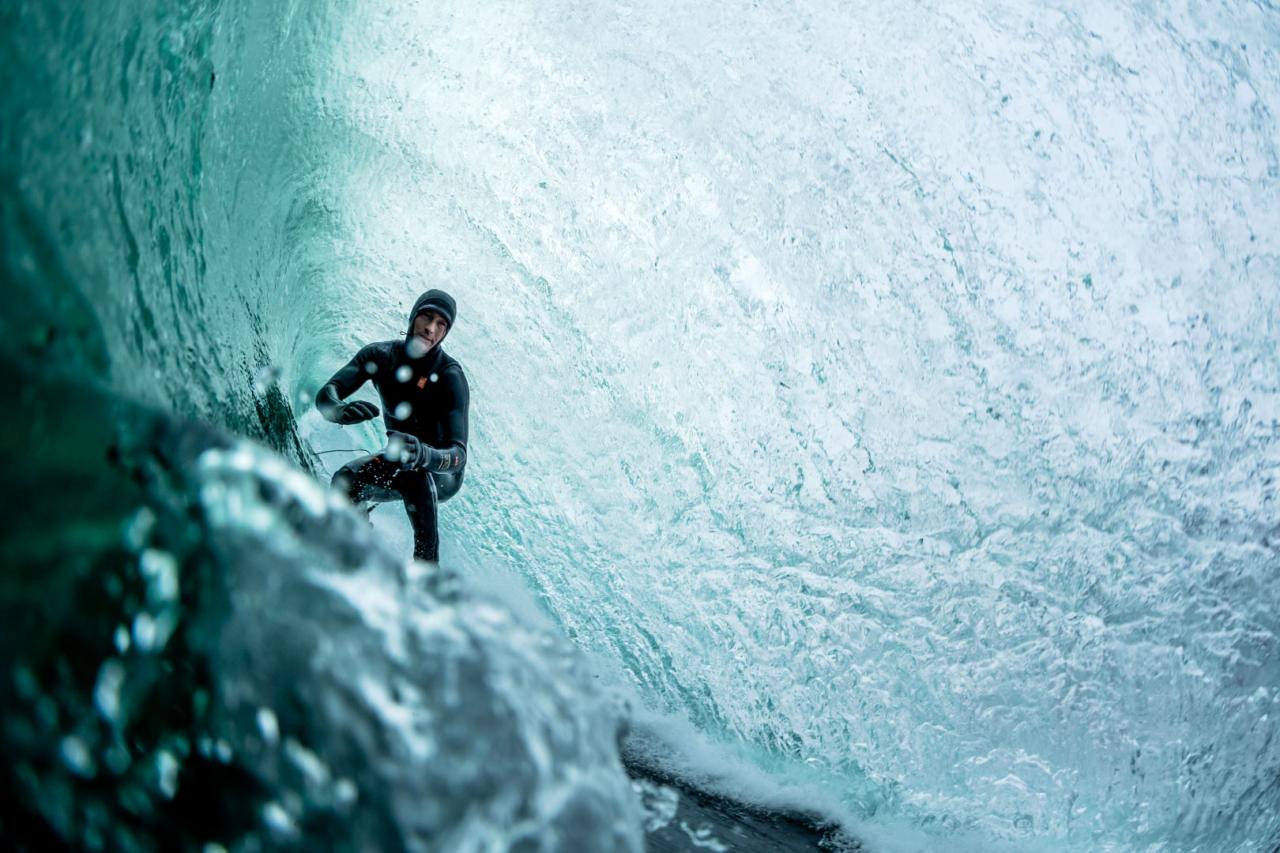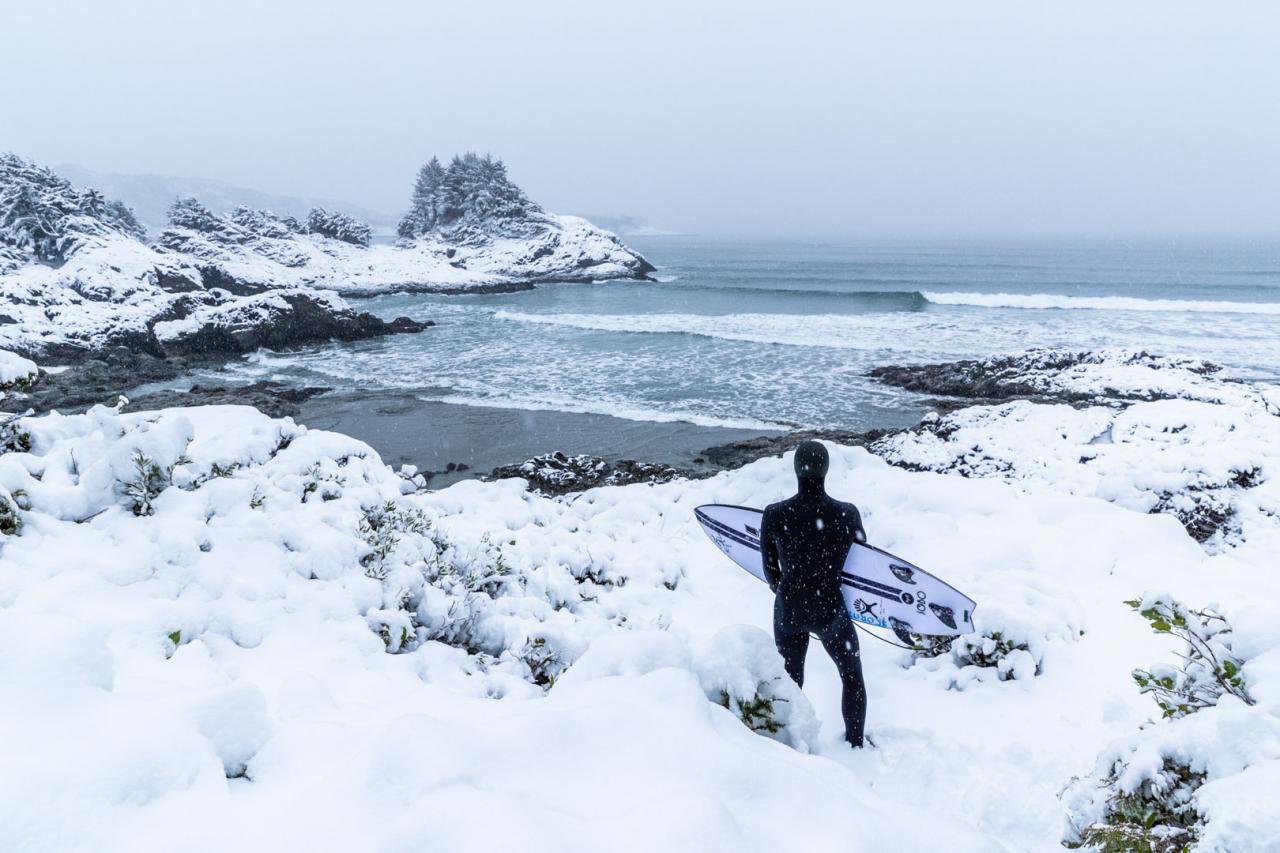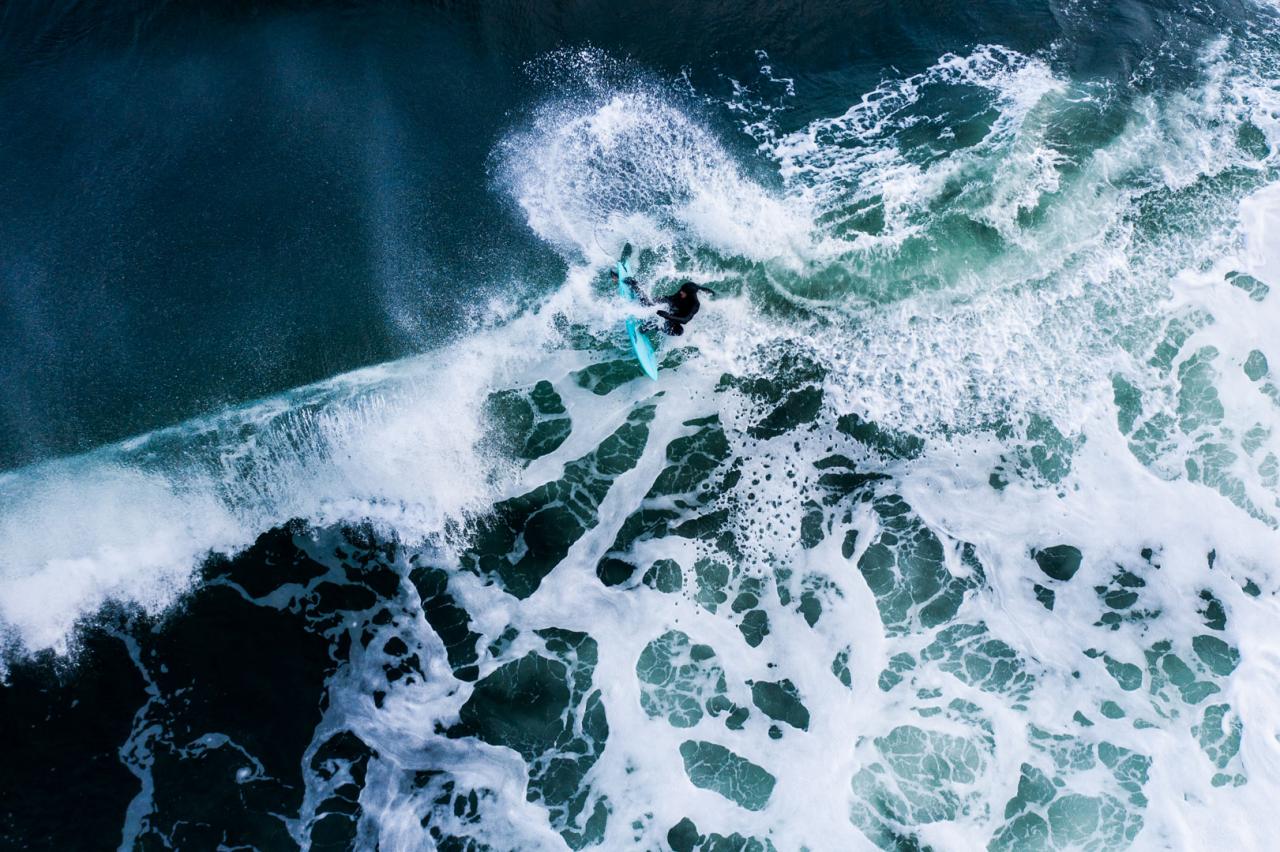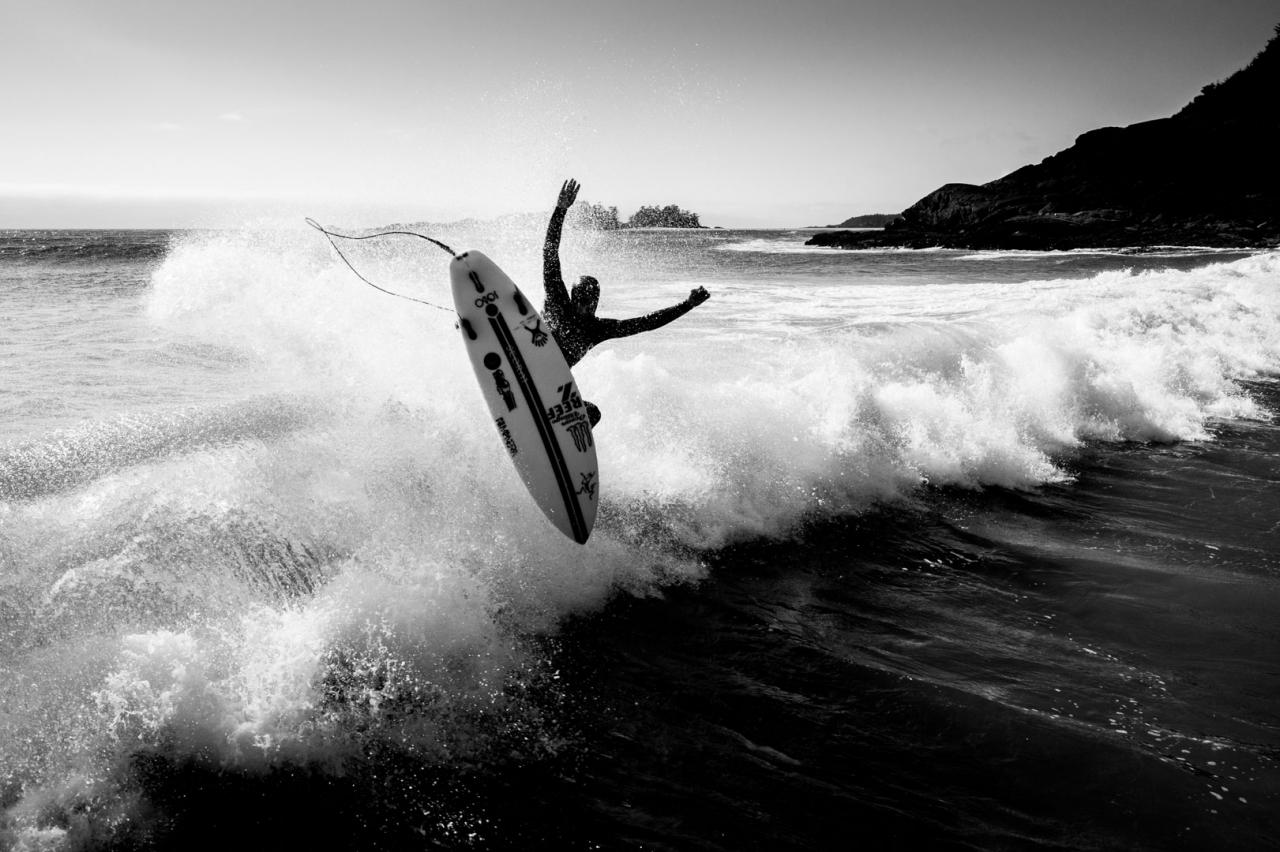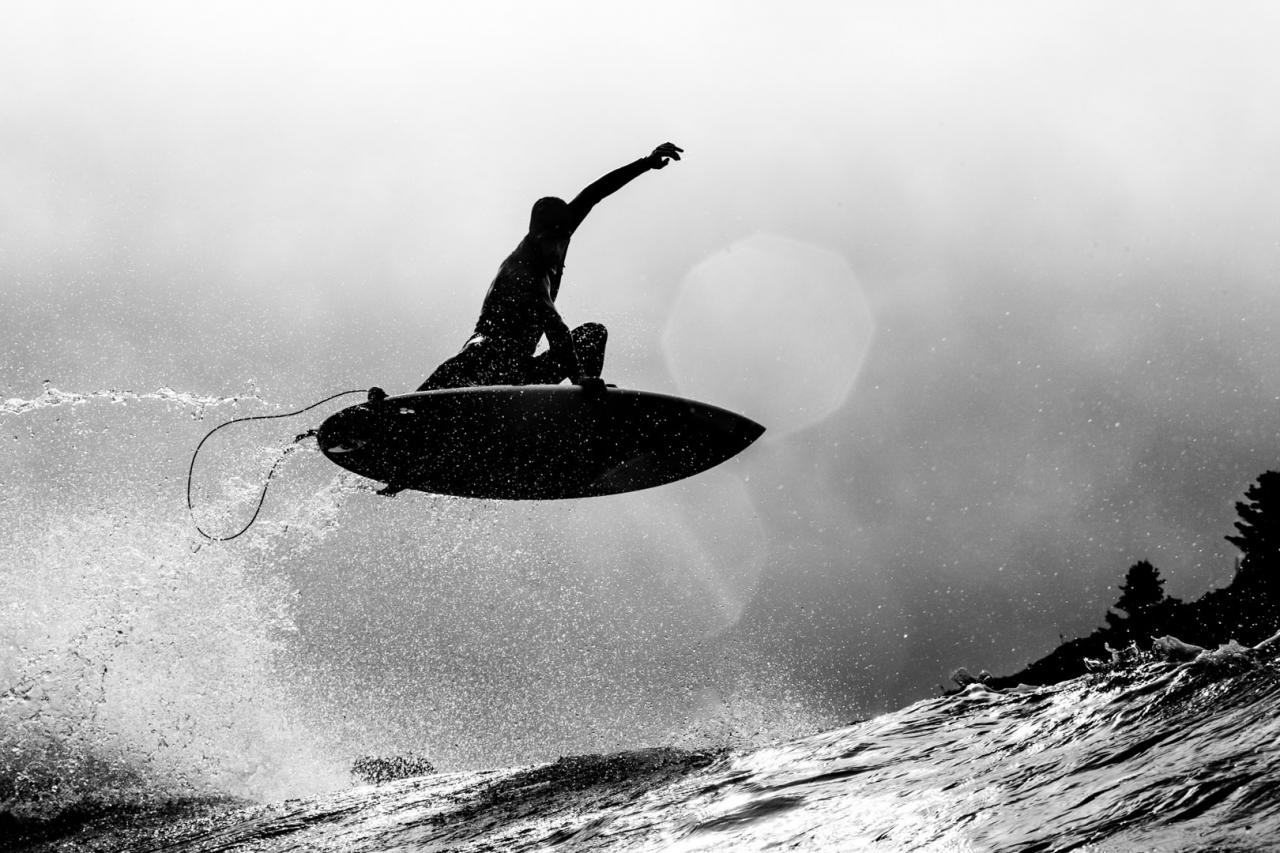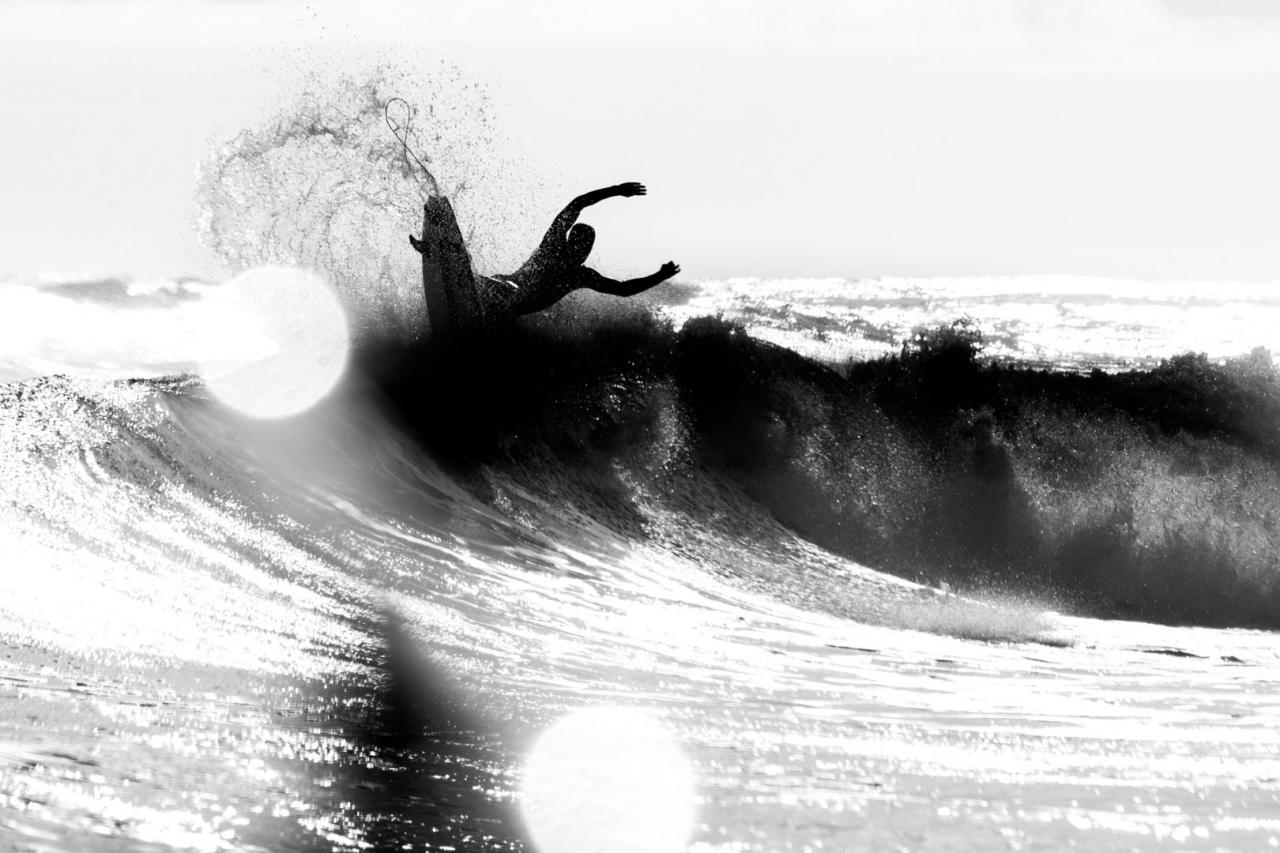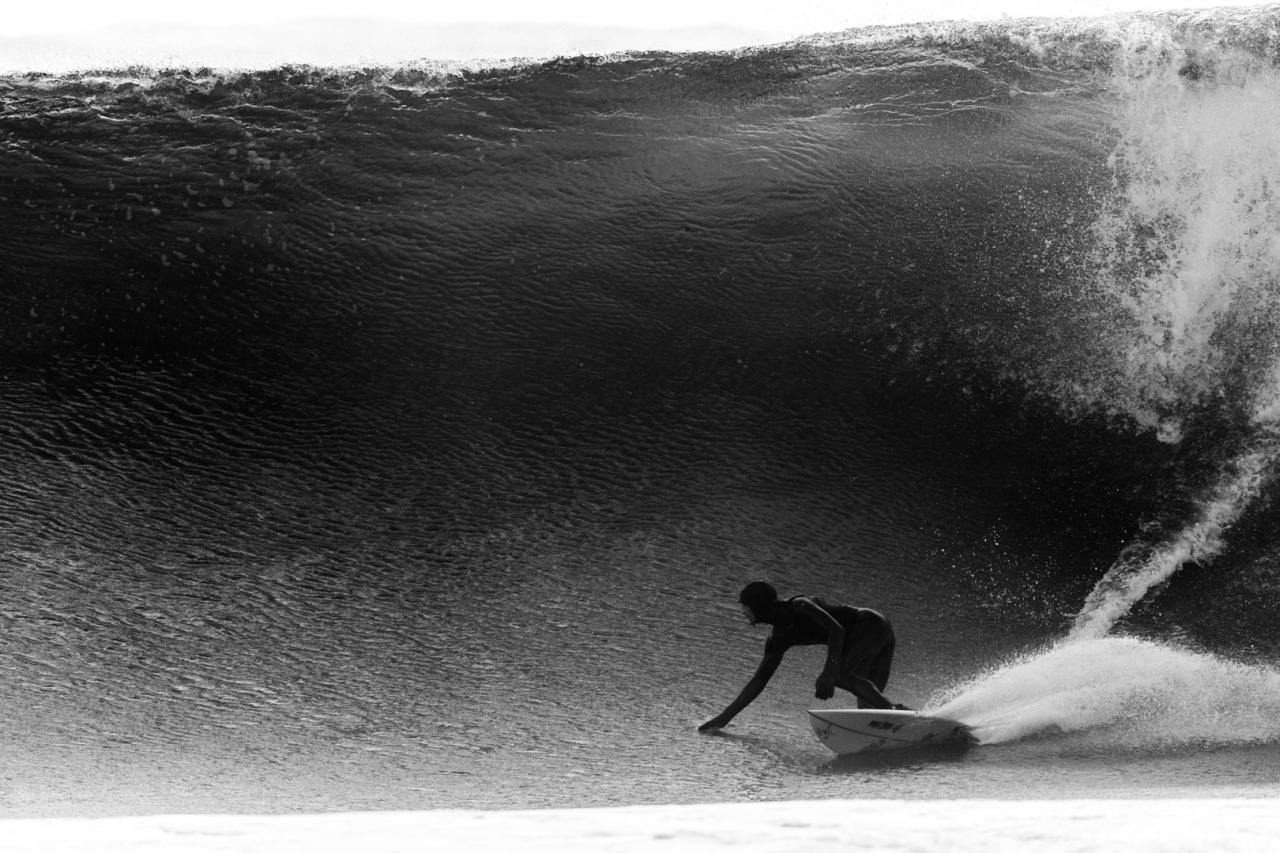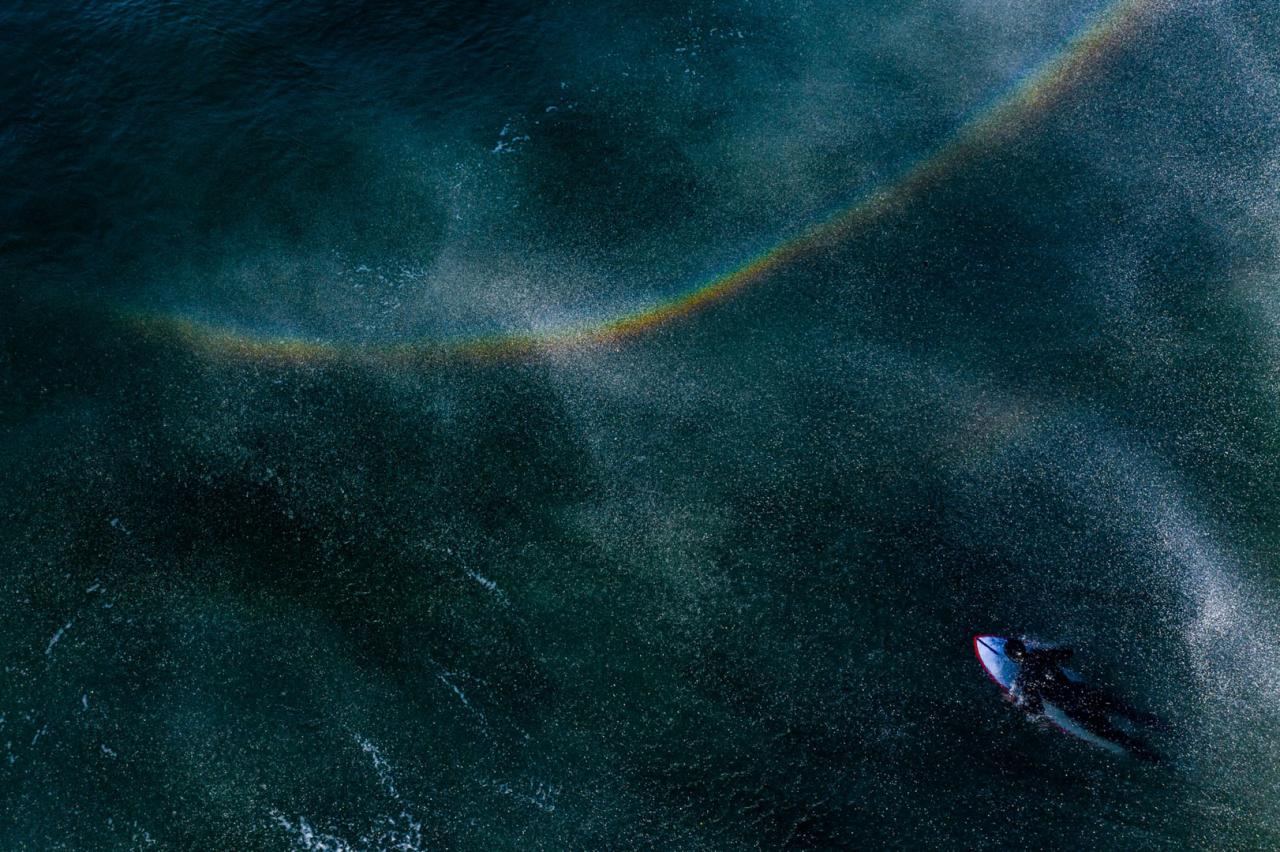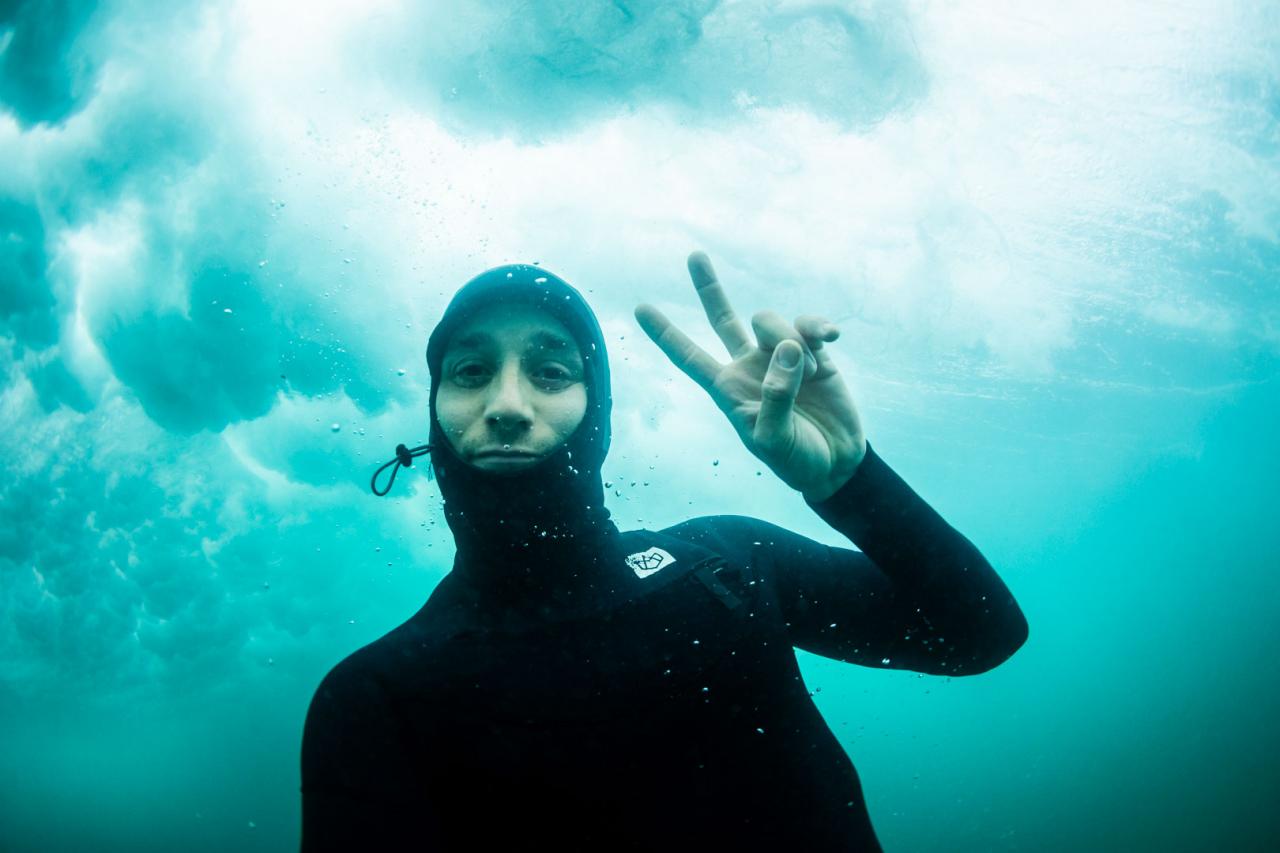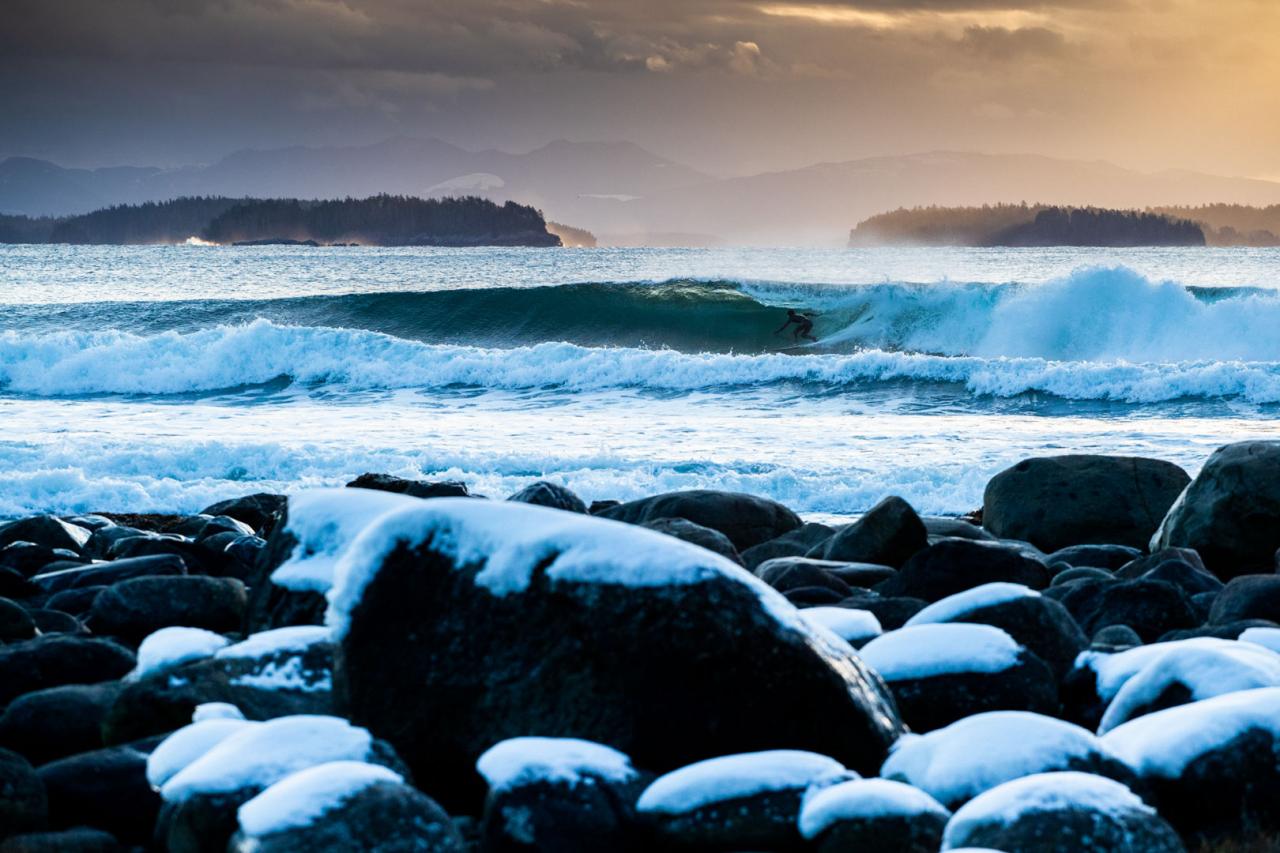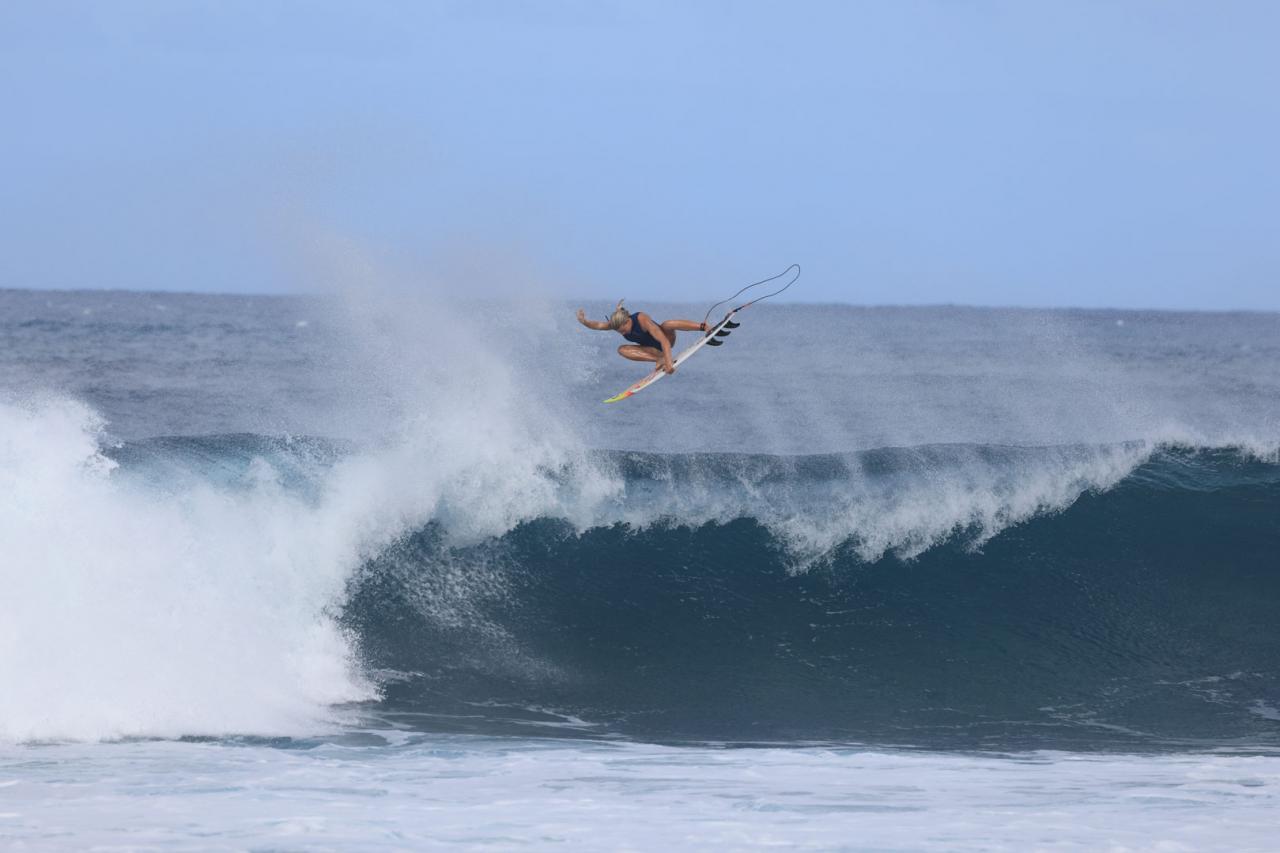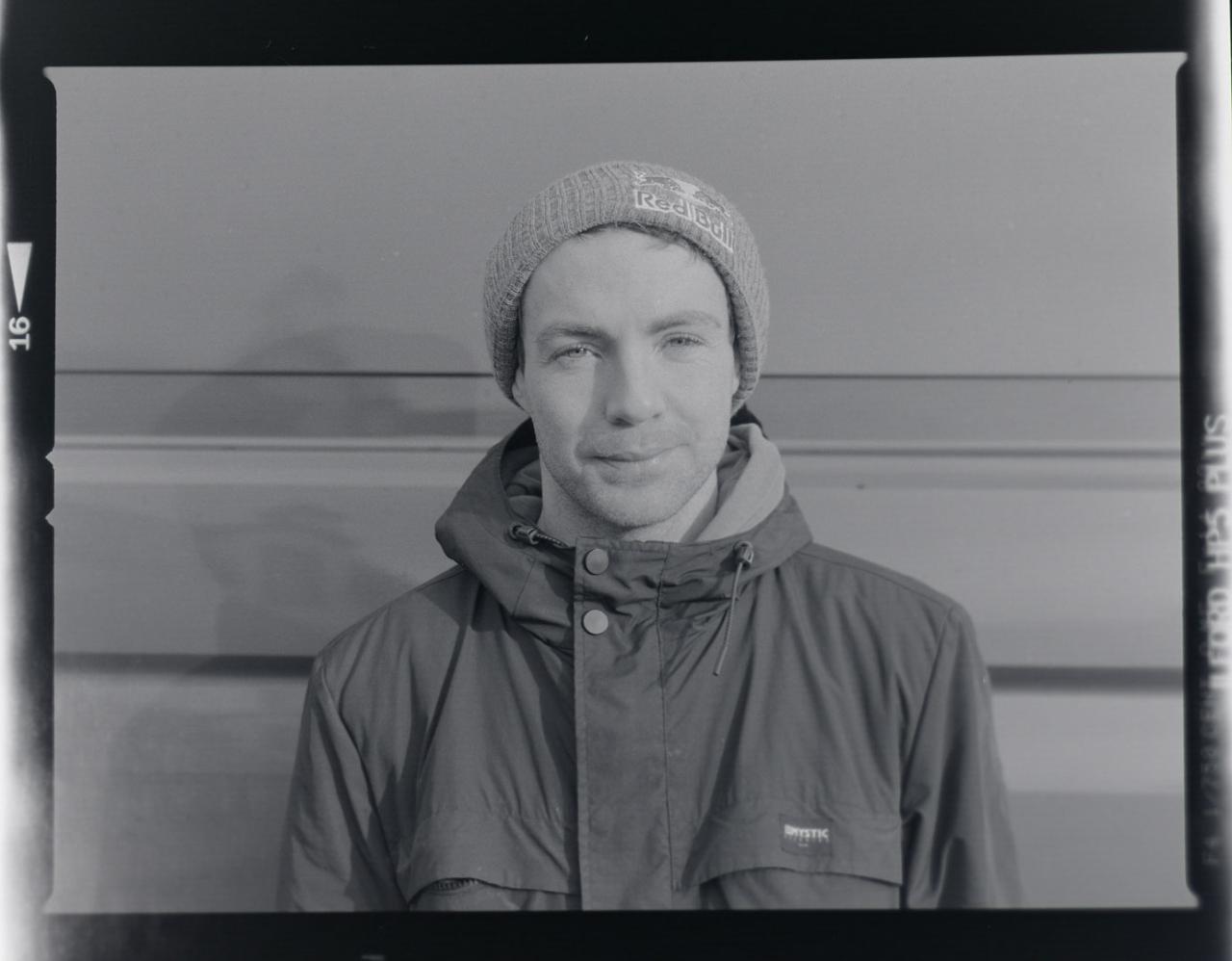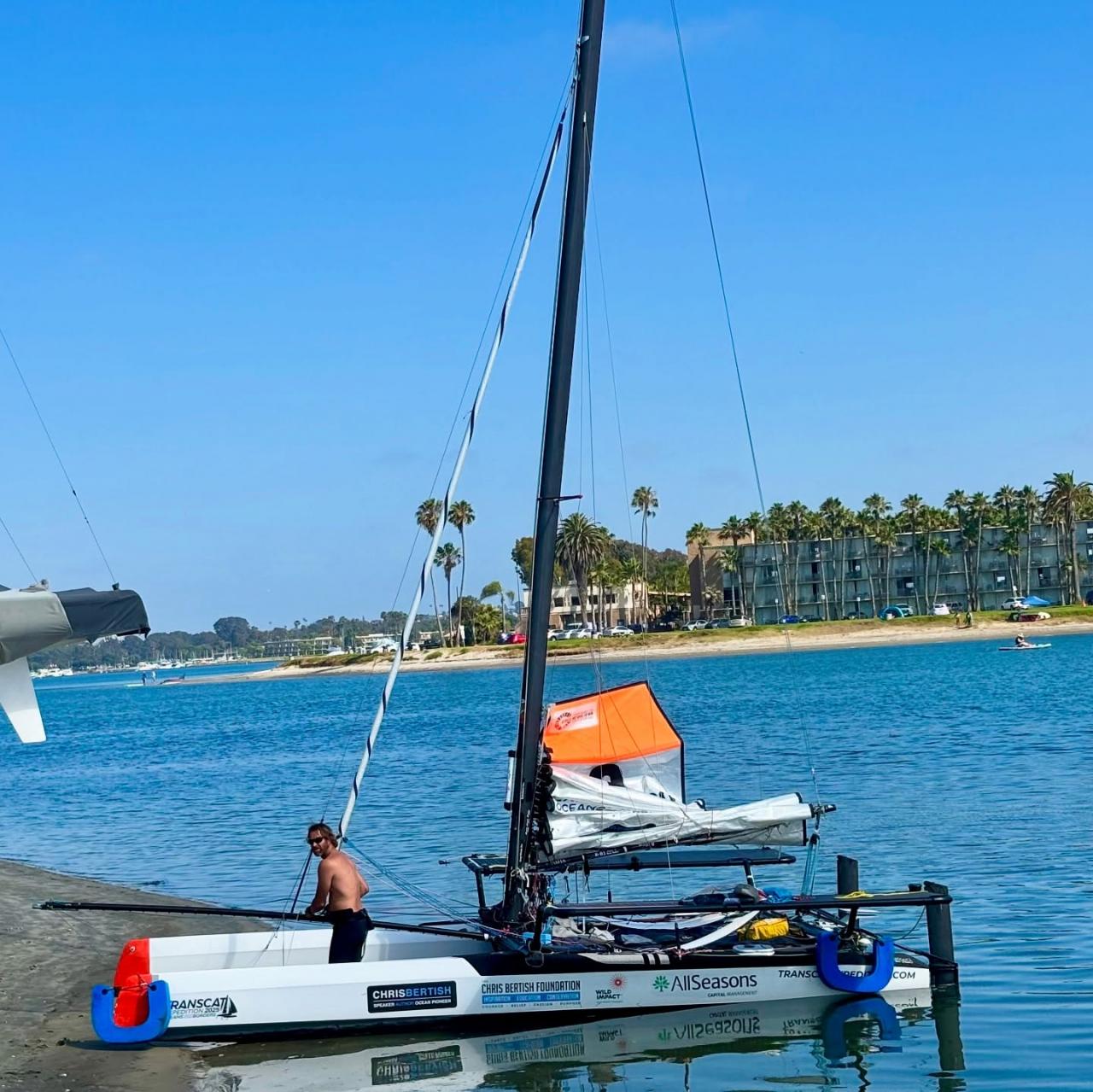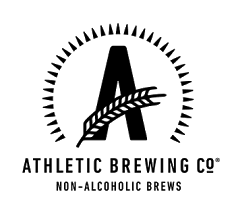In the chilly waters off Tofino, British Columbia, Pete Devries has carved out a remarkable career, becoming an iconic symbol of Canadian surfing. Growing up steps from the ocean, Pete's connection to the sea runs deep. As Canada’s most celebrated surfer, he has spent decades honing his craft, pushing boundaries, and adapting to the challenges of surfing a rugged, cold-water environment. Now, at the age of 41, Pete reflects on his journey, sharing insights into what drives him, how he stays motivated, and how his perspective has evolved over the years.
Pete's own introduction to surfing came through his father, one of Tofino’s first surfers. Watching his dad ride waves off Chesterman Beach sparked a curiosity that soon turned into a lifelong passion .
“It felt natural to see him out there while I was playing on the beach with my friends,” Pete recalls. By age seven, Pete had his first surfboard and was paddling out into his Pacific Ocean backyard. While other sports like skateboarding, snowboarding, and basketball initially held more appeal, the freedom and challenge of surfing eventually won him over.
“Once I could fit into a wetsuit that kept me warm through the fall and winter, I started surfing year-round,” Pete says. Tofino’s isolation and uncrowded beaches shaped his unique approach, fostering a love for solitude, wide open spaces and an aversion to packed lineups just south of the border .
Unlike many athletes who set out with clear ambitions, Pete didn’t necessarily envision a professional surfing career. After high school, he took personal surf trips to Hawaii and Indonesia (to thaw out) but remained unsure about his future. A pivotal moment came when he reached out to wetsuit sponsor Hurley, seeking more financial support .
“They just replied, ‘Yeah, sure, we’ll pay you.’ That’s when I realized, ‘Oh, I probably should have asked for this a while ago.’” Driven more by passion than external pressure, Pete’s self-motivation was the key to his success. “When you start something late—like I did with surfing at 13—it feels like you’re way behind,” he explains. “I didn’t feel like I was good at surfing until my mid-twenties. Even now, I’m constantly pushing myself to improve.”
Charging heavy waves on Canada’s west coast has been a defining part of Pete’s surfing legacy, but his mindset toward risk has evolved with his age. “In my twenties, I’d push myself to go, even if I thought it was a closeout. I was determined to get in the barrel, no matter what,” he says. Today, Pete approaches challenging waves with more caution, balancing the thrill of surfing with the realities of aging and physical wear and tear. This calculated approach extends beyond just surfing. Pete credits a lot of his success to the support of talented photographers and videographers, like Jeremy Koreski, who helped showcase his skills. “I came around at the perfect time, both in terms of our relationship and the surfing industry,” Pete reflects .
One of Pete’s proudest moments in his career came when he won the Cold Water Classic in 2009, a victory that stood out for its world stage, competing against the best surfers in the world and its emotional significance by being hosted in Tofino with Pete receiving a local wildcard entry. The event marked a surreal week filled with international media attention, yet Pete approached it with a refreshing sense of ease—there was no pressure to perform, only the desire to put on a good show in front of his friends and family.
His win resonated deeply with the community, and the outpouring of support from his hometown of Tofino made the moment even more special. For Pete, the Cold Water Classic represented a culmination of years of dedication to his craft, but it was also a reminder of how far he had come from the quiet surf sessions of his youth. The thrill of winning, coupled with the warmth of the local reaction, made it one of the most exciting and memorable chapters in his long career.
Only a couple of years later, Pete Devries’ involvement in Taylor Steeles’s surf film Innersection marked another pivotal moment in his free-surfing career. As one of the standout surfers featured in the video project, Pete brought a unique blend of technical ability and style, particularly in the challenging cold-water waves of his home breaks on Vancouver Island. Innersection not only gave Pete a platform to showcase his surfing to the online world but also helped him gain significant recognition within the global surf community. The film pushed him to refine his approach to challenging cold water waves, demonstrating his versatility and creative athleticism as a surfer. This movie helped solidify his reputation as one of Canada's top surfers and as someone who could compete at the international level, particularly in cold water .
This contribution marked a key milestone in Pete’s journey, but it isn’t just about riding waves; it’s about maintaining a balanced lifestyle. His family plays a central role, providing Pete with both stability and perspective. “Now I get to look forward to things beyond surfing, like traveling with my son to his hockey tournaments,” Pete shares. This balance has also reshaped his ongoing relationship with surfing. “In the past, I hated missing any swell. These days, I’ll happily go to the city and watch a three-day hockey tournament. But after being away for a few days, I’m more motivated than ever to get back in the water.”
As Pete transitions to a new phase of his career, he remains committed to inspiring future generations of surfers. Whether it’s competing in local events, exploring new surf spots along BC’s vast coastline, or simply enjoying the ocean, Pete’s passion for surfing remains as strong as ever.
“I still want to push myself. Even if the waves are terrible, I’ll still paddle out. It’s just part of my routine now,” he says .
Pete’s story is a testament to the power of dedication and the rewards of staying true to one’s passion, no matter the challenges. For surfers across Canada and beyond, Pete Devries stands as a reminder that success is less about the destination and more about the journey— and the waves you ride along the way.
For more from Marcus Paladino, CLICK HERE.

